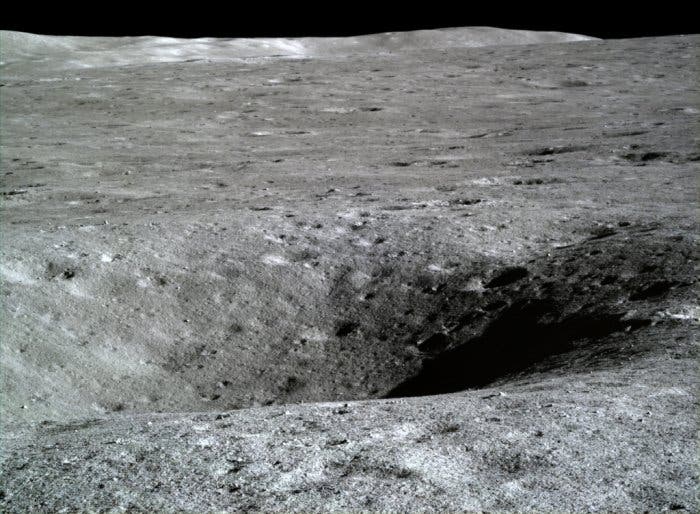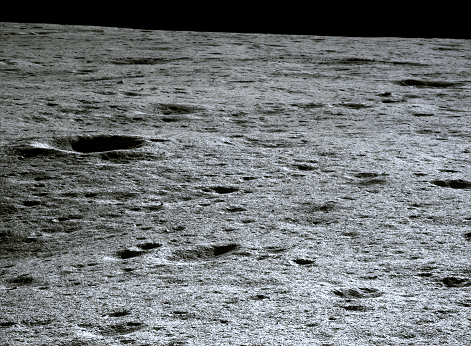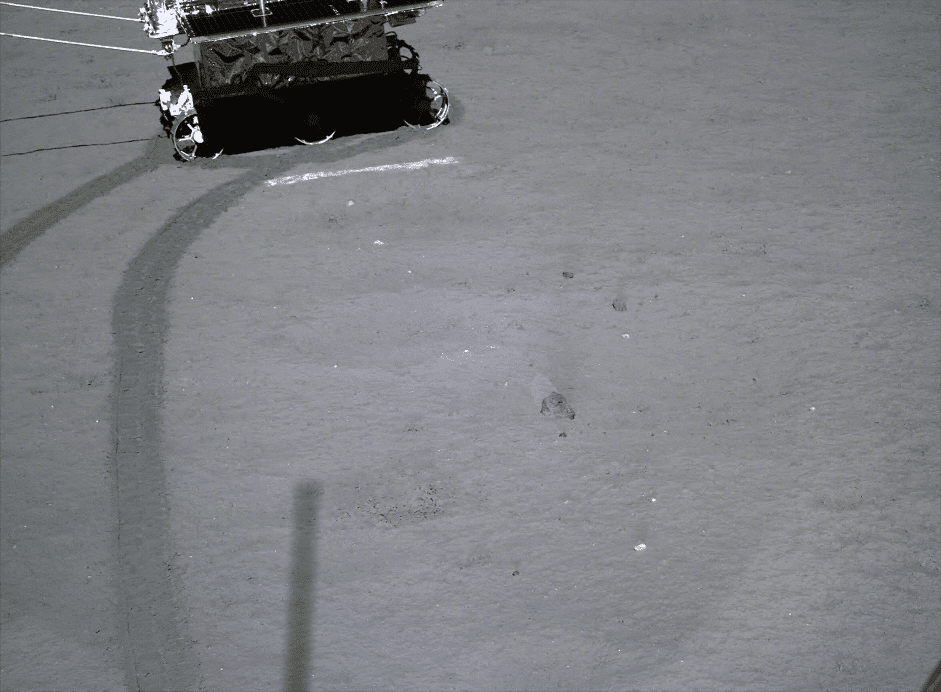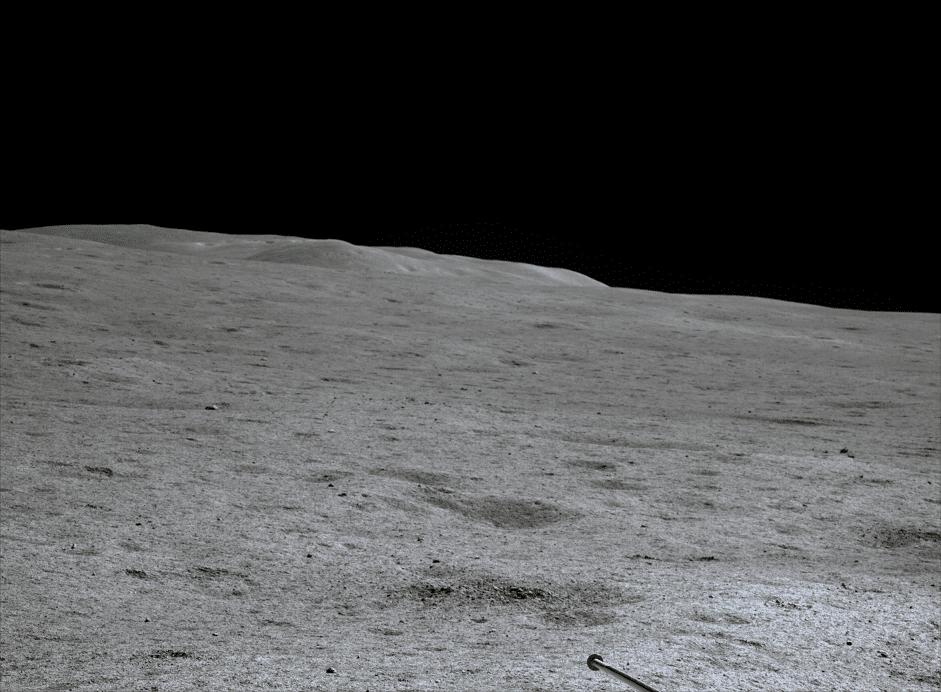It’s been just over a year since China’s Chang’e 4 landed on the dark side of the moon. Since then, it identified what appear to be mantle rocks on the surface, grew a few plants (a first on the moon), and took a number of amazing photos.
Here are some of them.

Since it has landed on the Moon, Chang’e 4 has been pretty busy. While no groundbreaking results have been released yet, the lander moved quite a bit, “looking” at rocks and making geophysical observations as it went.
It was the first lander on the dark side of the moon. While several satellites and astronauts have arrived at the moon, none have ever reached the far side until now.

The mission has already amassed a library of a few thousand photos — not just meant to serve as witnesses to lunar beauty, but also to reveal important characteristics of the satellite’s surface.
In addition to the high-resolution images provided by Chang’e 4’s landing camera, terrain camera, and panoramic camera, the mission also has a trove of radar and infrared spectrometry data.

The latest batch of images was taken over just 12 lunar days. Because of the way the moon rotates, its day-night cycle lasts just over 29 days — and the mission needs sunlight to function.
Over the time of the lunar nighttime, the instruments are shut down.

The rover has already exceeded its expected lifetime — which was just three months. Having been on the moon for over one year, Chang’e 4 is already doing a fantastic job.
The rover has meandered some 360 meters (1,200 feet) in the Von Kármán crater, a large lunar impact crater that is located in the southern hemisphere.

China is already preparing the mission’s successor: Chang’e 5. The launch is set for 2020, with a more ambitious scope than any of its predecessors. In addition to landing a rover on the moon, Chang’e 5 will attempt to also collect samples from the moon and send them back to Earth.
The goal is to achieve a better understanding of the moon’s geology and facilitate a manned lunar landing at some point in the 2030s. This is also an intermediary step, not the final one.

The mission’s ultimate goal is to build a permanent scientific outpost near the lunar south pole, much like the ISS is an outpost in orbit. The south pole region is rich in water ice, making it one of the best places to build a base.
China isn’t the only country with this in mind: NASA and the European Space Agency are also eyeing lunar outposts within the next decade.
You can view some of the rest of the images in the data release here, converted by Twitter user Technique Speciales, and here processed by Doug Ellison.









